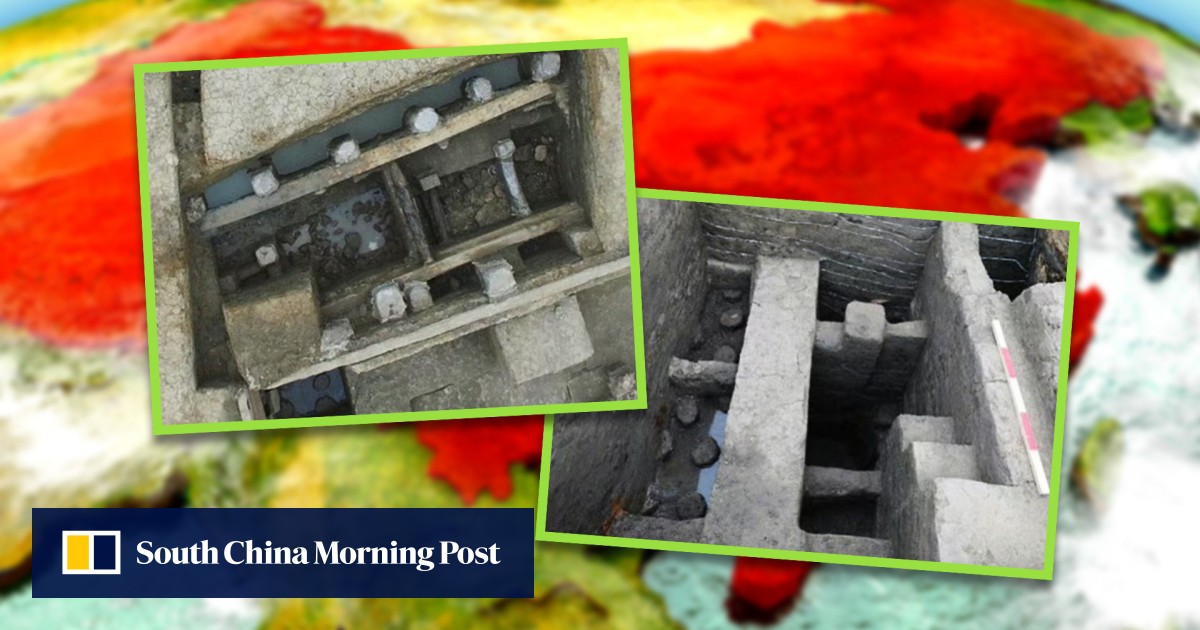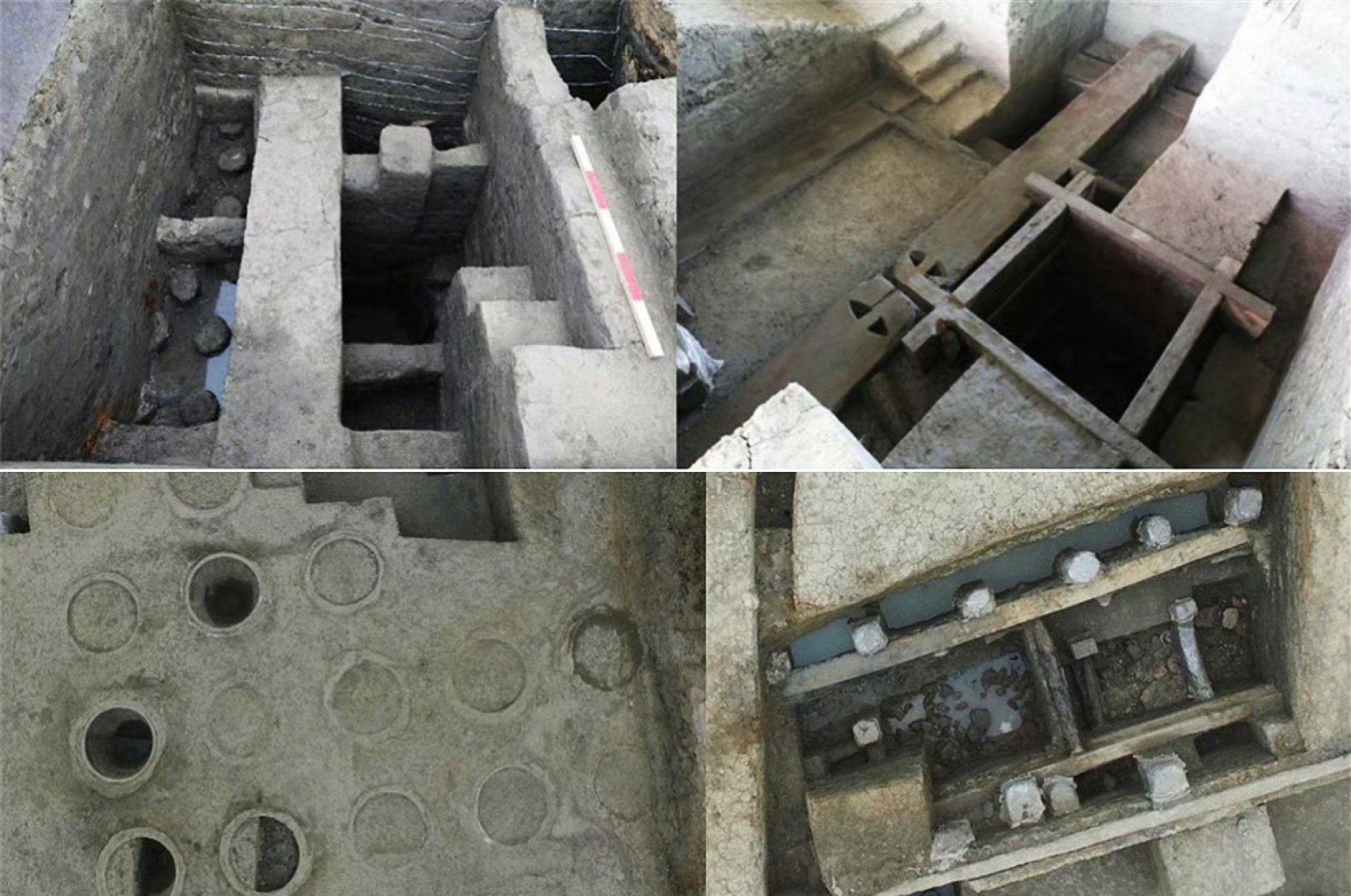Archaeologists in China discover remarkable architecture that allowed a Song Dynasty pagoda to stand for over 1,000 years

In mid-May, a team of archaeologists who excavated the site in September last year explained in detail how they believed the tower had survived for so long.
Researchers received a clue that the tower’s foundation may have been preserved when “archaeological elements” were discovered in the rubble of demolished houses in the nearby area.
When archaeologists investigated the area, they discovered the ruins of Dongta Temple. Last year, they were able to piece together what local media called “a marvel of ancient engineering.”
The tower was originally built during the Sui Dynasty (581–618), but the base of the tower had to be rebuilt during the Northern Song Dynasty (960–1127), more specifically during the reign of Emperor Shenzong (r. 1067–1085).
“Such a well-designed structure is a key reason why the tower has been able to stand for more than 1,000 years,” said Wang Meng, one of the archaeologists at the announcement symposium, in a report published by the Global Times.
The main reason for the pagoda’s high stability was its base, which consisted of a three-layer frame made of cypress wood.

The tower has been rebuilt throughout its history, but its foundation has never been altered, which is particularly remarkable considering that it was built from wood that remained relatively sound for a millennium.
Interestingly, the base consisted of 52 large ceramic vessels filled with earth and embedded in the foundation, a stabilization technique that was quite common at the time.
However, archaeologists do not know what exactly stabilized the jars.
A similar technique was used in the Longping Temple in Shanghai, although on a smaller scale than the tower in Jiaxing.
The base was built on the bottom of a large pit supported by layers of wood, and was then slowly built up using bricks and wood. The construction was designed to ensure that the tower did not collapse due to the relatively soft soil in the region.

Zheng Jiali, the archaeological director of the East Pagoda Temple site, told Xinhua: “We all know that there were many famous literati in the Song Dynasty, but there were also many skilled craftsmen during this period.”
The archaeologists also conducted excavations nearby and found ancient coins dating to the Northern Song Dynasty.
Apart from its beauty, the pagoda was also a popular attraction because locals and tourists could climb to the top and enjoy the beautiful view of the surrounding area.
The Dongta Temple, which was built during the Liang Dynasty (502–557), also no longer exists.
Jiaxing is a particularly photogenic city in eastern China with entire neighborhoods reminiscent of a romanticized version of ancient China.



